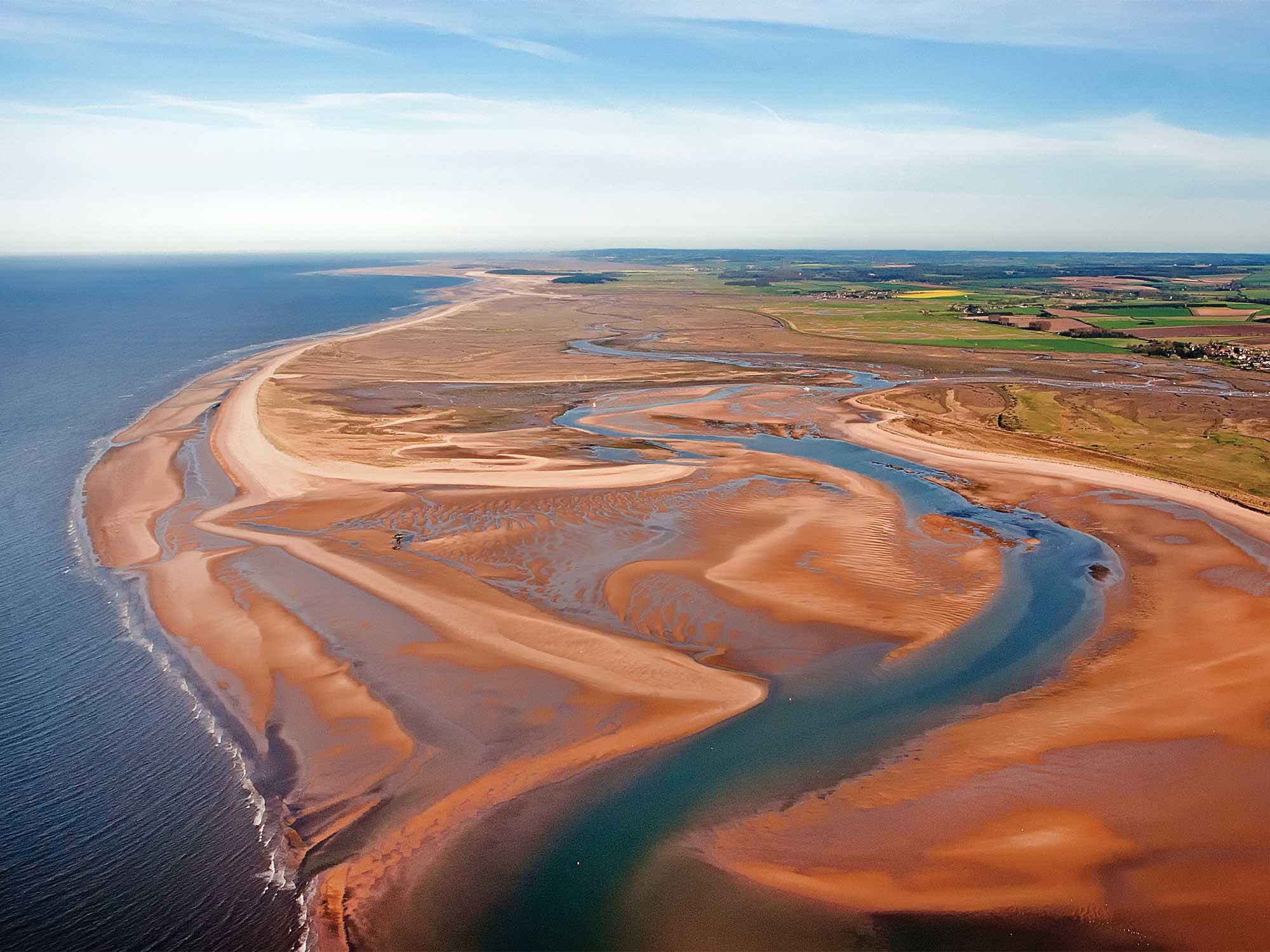
Brancaster Beach
It’s been home to Romans and smugglers, endangered birds, a major maltings industry – and it could have been the launch site of the UK’s space programme.
The civil parish of Brancaster (comprising the village itself together with Brancaster Staithe and Burnham Deepdale) is one of the most beautiful and tranquil spots in Norfolk. It can also boast a few surprising claims to fame – it has one of the most famous links golf courses in the UK, it’s officially one of the driest villages in the country, it’s supposedly where the young Horatio Nelson learned to sail, and at one time it was seriously considered as the launch site for the British space programme.
Brancaster’s roots can be found a short way along the Norfolk Coast Path, at the Scheduled Ancient Monument of Branodunum. Although all that remains today is a grass field with crop marks and a couple of defensive ditches, this was at one time an impressive Roman fort. Branodunum was the northernmost of the string of Roman forts dotted along the east coast (the fort’s northern wall lay directly on the seashore at the time) and the garrison was manned by a cavalry unit of around 500 men and horses from Dalmatia (modern day Croatia).
Built around 250AD, the walls stood almost 12ft tall and survived well into the 17th century, when they were plundered for various buildings in Brancaster, including the church of St. Mary.
It may be peaceful today, but 200 years ago the quayside at Brancaster Staithe was a thriving centre of industry and activity. Local fishing ships were dwarfed by cargo ships packed with coal and grain, and behind the brick quay stood one of the largest industrial buildings in Norfolk.
The enormous malthouse (it was actually the biggest in England) was built in the 18th century and was described by John Chambers in his 1829 History of Norfolk as “one of the most remarkable curiousities in the county.”
Around 100 metres long and stretching from the quayside to the village high street, the malthouse was once processing barley into malt at a rate of 120 tons a week. Its fortunes were shortlived, however. The production of malt at Brancaster had ceased by 1840 and the building was demolished between 1850-70.
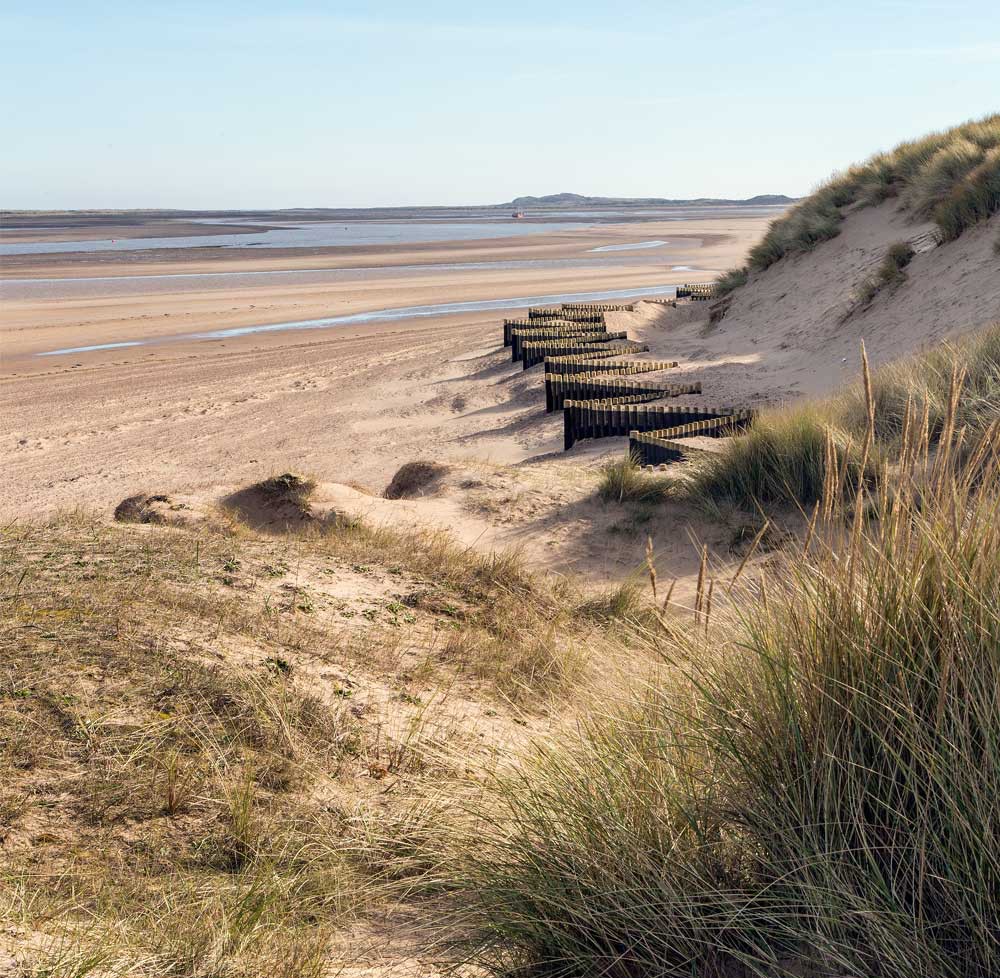
With the decline in trade, the condition of the quay gradually deteriorated, but thanks to construction and renovation work to improve facilities in 2007, a thriving fishing industry continues to survive, and today the harbour bustles with pleasure craft. At low tide it’s still possible to see the original brickwork of the old quay.
Tides have often played a part in the fortunes of one of the most famous links golf courses in the UK. The Royal West Norfolk Golf Club was founded in 1892, and it’s a wonderful 6,457 yard par 71 course – and while that’s not particularly long, the closing nine holes are often be played directly into a strong westerly wind which can more than make up for a lack of length.
One of the last remaining ‘artisan’ clubs in the country, it’s also one of the most endangered, and if estimates of rising sea levels are to be believed, the course may be completely lost to the sea within the next 10 years.
The lovely beach at Brancaster is a justifiably popular destination for a range of different activities – on a quiet day at low tide, it offers a huge expanse of sand and seemingly endless views (be aware that at high tide the beach is often cut off, as the beach road and marshes flood).
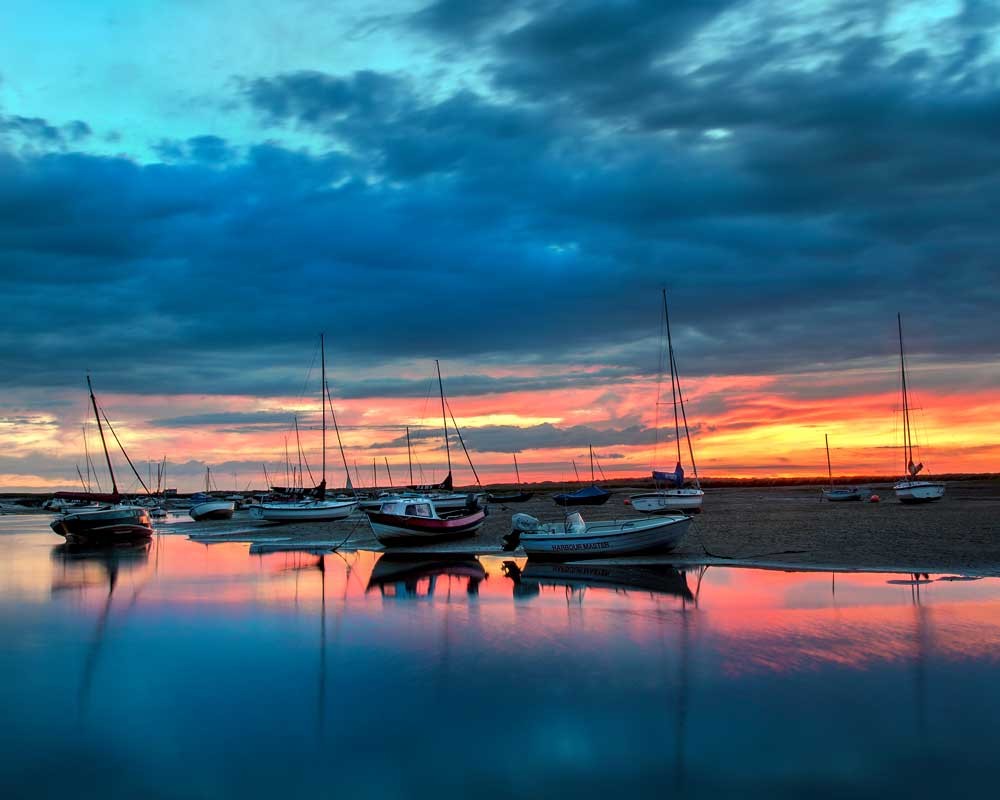
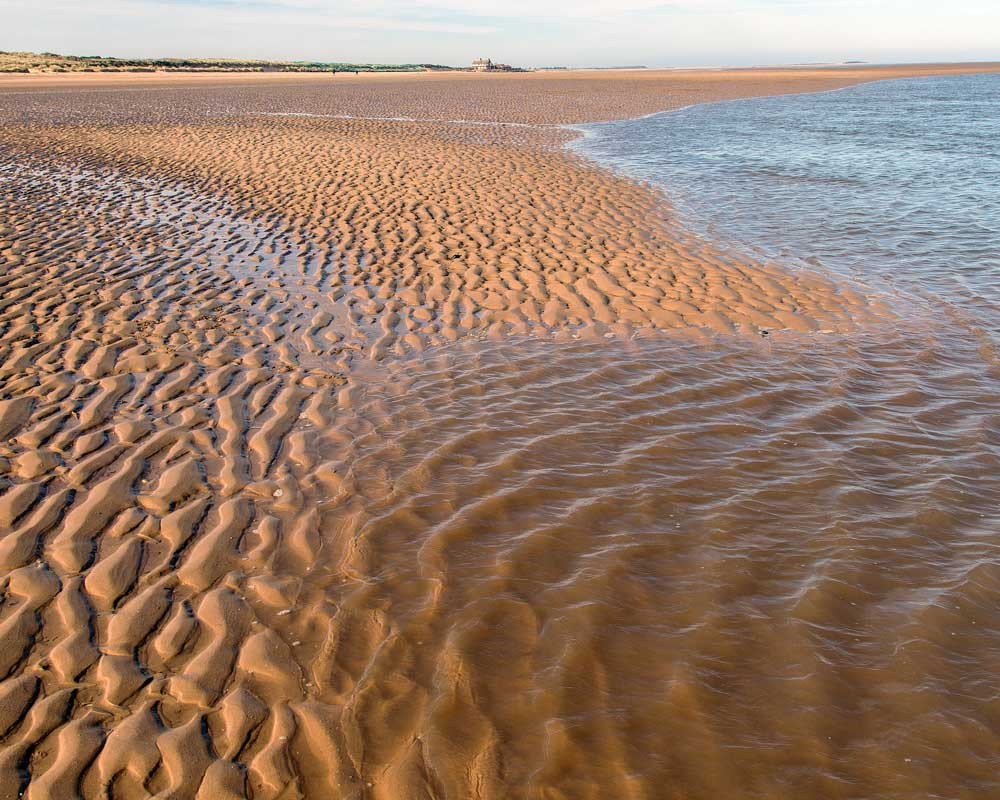
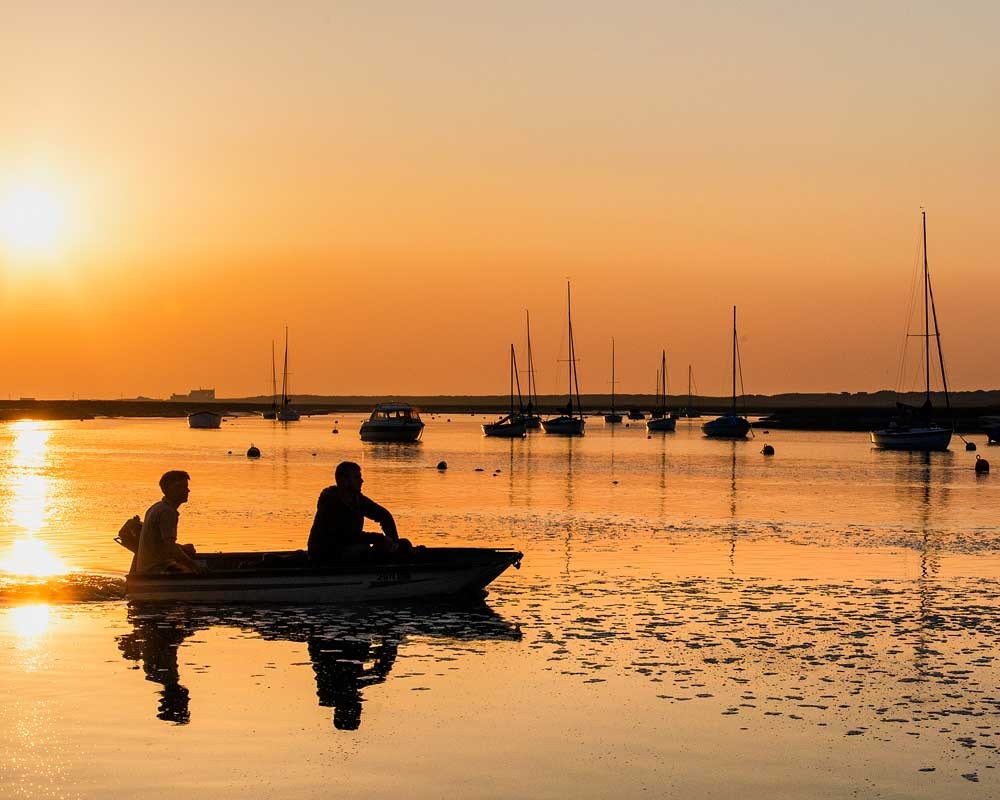
Meanwhile, the Brancaster Estate (maintained by the National Trust) forms part of a unique coastal common, the special qualities of the landscape and importance of the wildlife being recognised in its standing as an Area of Outstanding Natural Beauty, SSSI, and a European Marne Site. Brent geese spend the winter here after breeding in Siberia, wading birds probe the mud for worms to fuel their busy lives, and common seals can occasionally be seen hauled on the sands or bobbing about in the water.
Vulnerable ground-nesting birds like ringed plover and little tern nest on the beach, laying their camouflaged eggs directly onto the sand.
And as for Brancaster being the UK version of Cape Canaveral, it was a seriously-considered idea during the 1950s/60s that would have seen the village transformed into a facility for spaceplanes undertaking secret flights over the USSR. The development would have seen the village as we know it abandoned and the villagers rehoused, but the installation of North Sea oil rigs saw the idea shelved, as the risk of atmospheric re-entry material hitting the rigs was too great.
Thankfully the only things filling the skies above Brancaster these days are the kites of children and the flocks of pink-footed geese.
